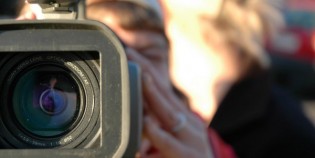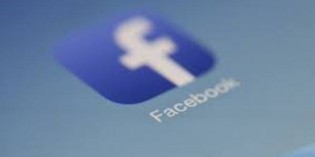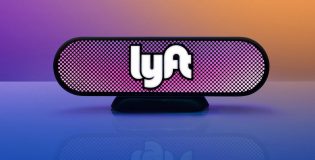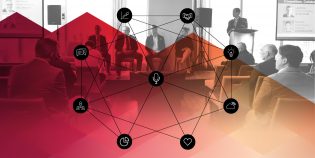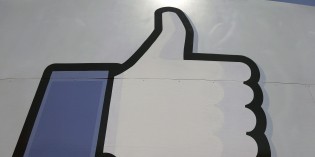In the shopper marketing world, 2015 will be remembered as the year that retailers and brands got into the habit of using beacons to engage shoppers in store. But research firm eMarketer expects that in 2016, marketers will discover that engagement is really a secondary feature of beacons and that they’re a lot more useful for collecting data on customer behaviour in the physical world.
“What we’ve seen is a shift from thinking about beacons for notifications, to ‘Let’s learn more about what people are doing in our stores, so we can engage them more effectively,'” eMarketer’s Canadian analyst Paul Briggs explained in a presentation Thursday at the IAB X-Series: Metrics conference.
Beacons can be used to precisely track shoppers’ movement through stores, just like foot-traffic cameras or wifi. But unlike other technologies, beacons can also reliably identify the device that a shopper is using and use that connection to tie together their real world behaviour with who they are online.
That could mean getting more granular with in-store measurement — for example figuring out that a display is doing well not just with all customers, but with women 18-34, based on the device profiles of visitors. There’s also the opportunity to collect data on shoppers’ in-store interests for reengaging them online with targeted ads or email.
Aside from a few notable examples, beacons haven’t seen a whole lot of uptake in Canada. EMarketer estimates that around 30% of global retailers have installed beacons, compared to 12% in Canada (which Briggs noted is a high-end estimate).
Briggs said Canada’s lag in adoption is likely due to the barriers involved in using beacons to engage customers. Beacons were initially hyped as a way to send mobile shoppers welcome messages, promos and (most commonly) coupons. But retailers testing beacons have discovered that in order for that kind of campaign to get traction, they need a significant base of users that have downloaded their app and opted in to receive notification. Driving app downloads can be a costly endeavour, especially when many shoppers don’t see much value in having a dedicated app for their local grocery store.
With data collection and measurement as the motivation, shoppers will still have to download the app but retailers don’t need as many of them and don’t need them to opt-in to receive messages. Instead the sample of customers who’ve downloaded the app acts as a passive customer panel (like Numeris uses in TV). Results can be weighted to represent larger shopper trends or used to generate lookalike segments for targeting online.
Briggs said as Canadian retailers start to recognize that beacons can be used this way, a lot more of them will get on board. “I would imagine a doubling of that [12%] number in Canada next year, if not more,” he said.
One of the companies banking on that is Freckle IoT, an offshoot of Toronto/New York-based Juice Mobile that’s focused on connected devices. Freckle has built an outdoor network of more than 30,000 beacons in public locations across Canada, like parks, malls and billboards (and 60,000 more in the U.S.), and is now using that network to help brands tie their customers’ online data to their activities in the real-world.
Founder Neil Sweeney said he also sees measurement — specifically, online-to-offline attribution — as the main use-case for beacons. “Everybody is scrambling to figure out POS information and last-mile attribution. That’s the part that mobile has the potential to solve, but nobody has actually really solved yet,” he said.
“If you’re a Procter & Gamble, Mondelez or Unilever, and you have products in all these various stores, [you can get] more information about who’s in and around your products, who’s buying your products,” he said. “I think that’s where the market is going. And the only reason it can go that way is because people have these super-powered, geo-aware devices in their purses and pants.”
Mondelez recently launched a pilot with Freckle, as part of its Shopper Futures competition. Freckle was selected to track the behaviour of Oreo and BelVita buyers over 90 days at select 7-Eleven locations.
Mondelez has long been a bold first-mover in the digital space, and where it leads other brands are sure to follow.





